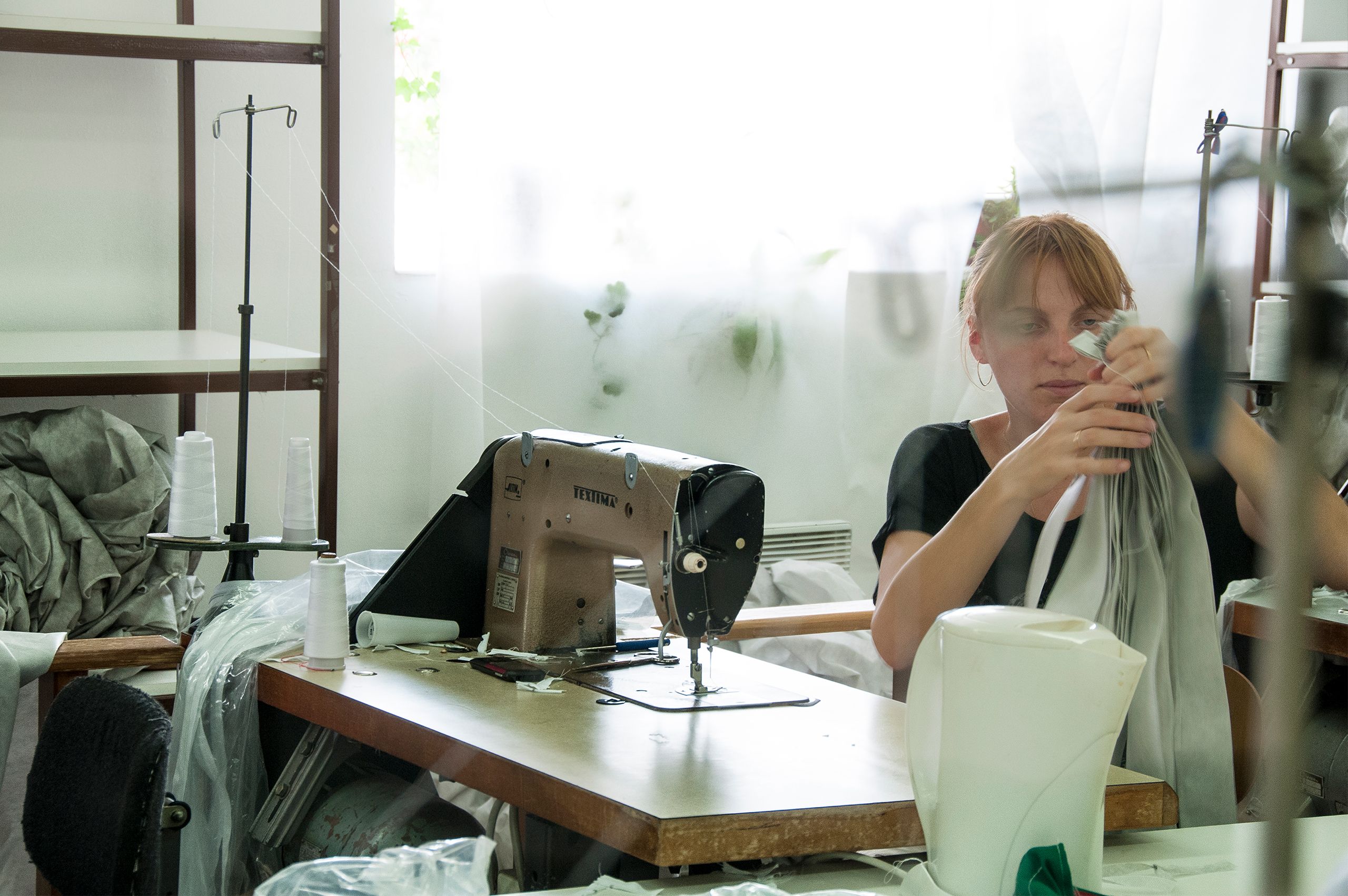Does Made in Europe rhyme with better working conditions?
 ©
Yevgenia Belorusets
©
Yevgenia Belorusets

The “Europe’s Sweatshops” report describes the serious abuses that exist in the big international fashion brands' supply chains in Eastern and South-eastern Europe. The CCC interviewed over a hundred workers in the shoe and garment factories in Hungary, Serbia and the Ukraine. The results disclosed some worrying facts: the staff are obliged to work unacceptably hard on a daily basis to meet the production quotas that are set. In spite of being obliged to work many hours of overtime, the factory workers barely earn the legal minimum wage.

The report “A mere pittance – clothes production in Eastern Europe and Turkey” shows that in nine countries of Eastern Europe and Turkey, the seamstresses are living well below the poverty line. And this is a generalised observation: even the high-end fashion houses are not paying more than a pittance. The report “Labour on a Shoestring 2016” testifies to similar abuses in the European shoe industry.

Italian garment manufacturing – Chinese-style: After having delocalised their production in the 1990s to make the most of the low salaries and optimise their productivity, many textile companies returned to Italy – and although it did create jobs, it also created deplorable working conditions and excessively low wages. Sweatshops proliferated.

